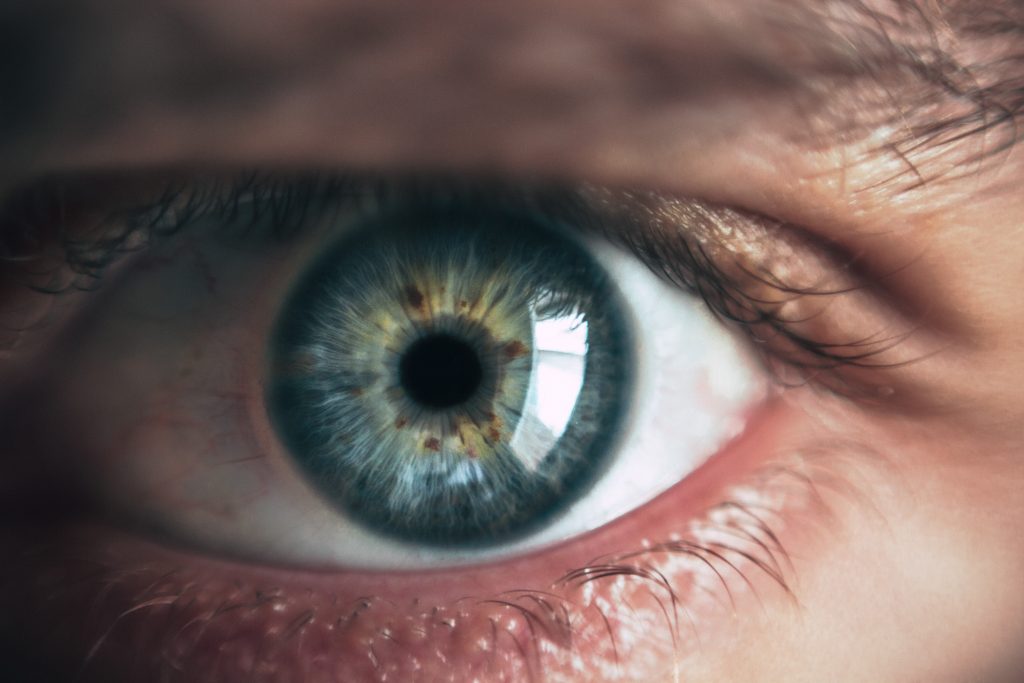Roibeard O’hEineachain
Published: Tuesday, March 17, 2020

Photo by Victor Freitas from Pexels
Two new studies suggest that COVID-19 infections can cause conjunctivitis and that the initial infection may take an ocular route. The first study, published in
The Journal of Medical Virology, was a prospective interventional case series study involving 30 confirmed novel coronavirus pneumonia (COVID-19) patients selected at the First Affiliated Hospital of Zhejiang University from 26 January 2020 to 9 February 2020. The investigators collected tear and conjunctival secretions for reverse‐transcription polymerase chain reaction (RT‐PCR) assay two times from all patients at an interval of two-to-three days. They found that RT‐PCR only yielded positive results for the COVID-19 virus in the tear and conjunctival secretions from the one patient in the series who had conjunctivitis. Fifty‐eight samples from other patents were all negative. The study’s patients included 21 common‐type cases and nine severe‐type NCP cases. further large‐sample and more comprehensive studies are needed to evaluate the role of novel coronaviruses in the eyes.
Jianhua Xia MM, Jianping Tong MD, Mengyun Liu MM, Ye Shen MD, Dongyu Guo MD, Evaluation of coronavirus in tears and conjunctival secretions of patients with SARS‐CoV‐2 infection. https://doi.org/10.1002/jmv.25725
The second study, published in
The New England Journal of Medicine, indicated that conjunctivitis may be an uncommon effect of viral infection. It involved a comprehensive review of symptoms, clinical findings and comorbidities in 10,99 patients with laboratory-confirmed Covid-19 from 52 hospitals in 30 provinces, autonomous regions and municipalities in mainland China through to January 29, 2020. It showed that conjunctival congestion was detected in nine (0.9%) patients.
China Medical Treatment Expert Group for Covid-19, Clinical Characteristics of Coronavirus Disease 2019 in China,
DOI: 10.1056/NEJMoa2002032
Tags: coronavirus, covid-19, covid19
Latest Articles
Organising for Success
Professional and personal goals drive practice ownership and operational choices.
Read more...
Is Frugal Innovation Possible in Ophthalmology?
Improving access through financially and environmentally sustainable innovation.
Read more...
iNovation Innovators Den Boosts Eye Care Pioneers
New ideas and industry, colleague, and funding contacts among the benefits.
Read more...
From Concept to Clinic
Partnerships with academia and industry promote innovation.
Read more...
José Güell: Trends in Cornea Treatment
Endothelial damage, cellular treatments, human tissue, and infections are key concerns on the horizon.
Read more...
Making IOLs a More Personal Choice
Surgeons may prefer some IOLs for their patients, but what about for themselves?
Read more...
Need to Know: Higher-Order Aberrations and Polynomials
This first instalment in a tutorial series will discuss more on the measurement and clinical implications of HOAs.
Read more...
Never Go In Blind
Novel ophthalmic block simulator promises higher rates of confidence and competence in trainees.
Read more...
Simulators Benefit Surgeons and Patients
Helping young surgeons build confidence and expertise.
Read more...

 Photo by Victor Freitas from Pexels
Photo by Victor Freitas from Pexels